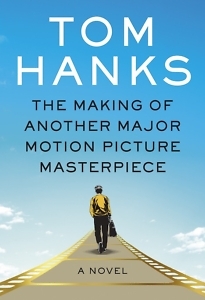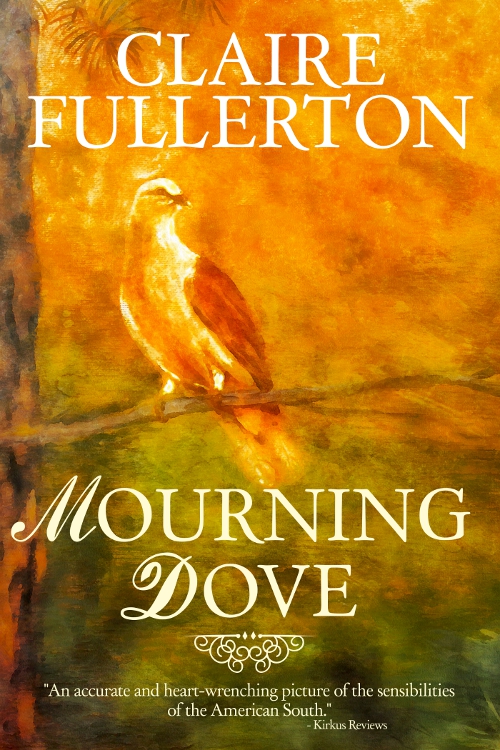Lights! Camera! Comic Books!
Tom Hanks delivers a sprawling, genre-bending tale
The thing to remember about The Making of Another Major Motion Picture Masterpiece, the first novel from actor Tom Hanks, is that 10 minutes into the book, most readers will forget who wrote it. Yes, they may at first imagine Hanks’ familiar voice as that of Joe Shaw, the freelance journalist and film studies professor ostensibly narrating a “based-on-a-true-story” tale about the making of a Hollywood blockbuster, but in a fictional forward, Hanks-as-Shaw promises to focus solely on characters and story:
I hope to have taken myself out of the narrative. To write about the making of a movie like Knightshade: The Lathe of Firefall from a first-person perspective would be self-serving, like covering the Battle of Okinawa as though it was about the reporter (“I was worried that sand, stained with the blood of dead Marines, would get into my typewriter.“).

It’s a promise Shaw keeps. The cascade of characters, from war heroes to comics creators to the vast armies required to make a Hollywood movie, becomes so engrossing as to shove any narrator deep into the background.
Hanks, who also wrote Uncommon Type, a 2017 short story collection, fully inhabits his large cast — all but two of them eminently likeable — with the confident omniscience of an Anthony Doerr in Cloud Cuckoo Land or a David Mitchell in Cloud Atlas. (The film version of the second book, starring Hanks, was a commercial flop that the actor has said nonetheless profoundly affected him.)
The fictional Joe Shaw’s book covers the making of a new comic book action flick (think Marvel Universe) with a lot of heart. The story quickly expands beyond the film industry and into the world of comics. Characters appear from comics’ Golden Age (the era of Superman and Captain America) through the underground comics of the 1960s to the present day, where comics and film seem inextricably linked.
These eras punctuate the novel with visual interludes — comic book stories written by Hanks and illustrated by Robert Sikoryak. The first one includes a page of advertising illustrating “valuable” prizes kids can win by selling The Weekly Wire. (As a child of the ’60s, this reviewer earned three prizes on the fictional list by selling greeting cards and seed packets in response to similar ads: a magic kit, a crystal radio kit, and a chemistry set.)
 An actual World War II flamethrower operator becomes the star of a Sgt. Rock-style comic, which later inspires the soldier’s artist nephew to create The Legend of Firefall, a satiric anti-war homage published in 1969 by Kool Kat Komix. When Dynamo, a massive comics and film conglomerate, acquires the catalog of the now long-defunct underground publisher, Firefall becomes fair game for its “universe” of complicated movie tie-ins. This sets the stage for the film at the novel’s center — a straight-to-streaming sidebar project loosely tied to a long-running superhero franchise.
An actual World War II flamethrower operator becomes the star of a Sgt. Rock-style comic, which later inspires the soldier’s artist nephew to create The Legend of Firefall, a satiric anti-war homage published in 1969 by Kool Kat Komix. When Dynamo, a massive comics and film conglomerate, acquires the catalog of the now long-defunct underground publisher, Firefall becomes fair game for its “universe” of complicated movie tie-ins. This sets the stage for the film at the novel’s center — a straight-to-streaming sidebar project loosely tied to a long-running superhero franchise.
The protagonist of Shaw’s story is writer-director Bill Johnson, who “has been labeled a genius by some. Those who know him well would agree that the word odd should come before genius.” Should this novel ever become a film — a herculean task, considering its complexity — Hanks would probably play the part. Beyond the odd genius who makes the movie happen, readers meet so many assistant producers, actors, makeup artists, location managers, and others essential to production that the list might become tedious, if not for the Hanks’ skill at inhabiting each new character. Hanks essentially writes over a dozen short stories, each portraying some distinct and fully realized person. These form the gathering streams of a whirlwind that becomes the actual shoot in an all-but-abandoned small town in northern California.
Sprinkled among the character sketches are watch-the-sausage-being-made moments of the sort only a Hollywood veteran could produce. These often-humorous insights help advance various stages of Knightshade’s production. Thus, by book’s end readers have gained a level of knowledge that feels roughly equivalent to a semester or two of film school. Gossip about actors behaving badly is shared in conversations between characters who start with statements like, “I was assigned to look after NAME OF ACTOR HERE on THAT MOVIE WE MADE.” Such nonspecific tales become nonetheless specific enough to make one wonder about the identity of the actual jerk on the set of some long-ago Hanks project.
The Making of Another Major Motion Picture Masterpiece weaves a universe held together by a love of creativity and craft, populated by overworked but basically decent folks. Despite humble beginnings, many of them find unlikely success. That’s a subject Hanks knows something about: In a footnote to his biography at the end of the book, he writes of himself, “For an idea of the depth of his career, consider that the New York City bank where he was once down to his last twenty-seven dollars is now a Bubba Gump Shrimp Company restaurant.”
Like the films that made Hanks famous, his novel combines entertainment, action, comedy, and ultimately, as house lights come on and the fantasy fades, a rush of pure humanity. It has the power to leave readers emotionally drained — but smiling.

Michael Ray Taylor is the author of Hidden Nature and other books. He lives in Arkansas.


